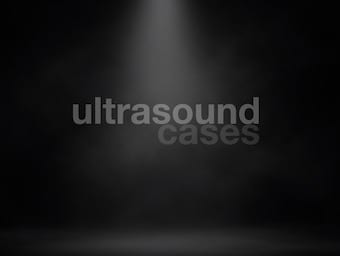
Salicylate Poisoning
Salicylate poisoning: mechanisms of toxicity: acid-base disturbance, uncoupling of oxidative phosphorylation, disordered glucose metabolism

Salicylate poisoning: mechanisms of toxicity: acid-base disturbance, uncoupling of oxidative phosphorylation, disordered glucose metabolism

Standardised Mortality Ratio SMR is the ratio of the observed or actual hospital mortality and the predicted hospital mortality for a specified time period.

Diaphragmatic Palsy: unilateral can be asymptomatic depending on patients underlying respiratory reserve; bilateral -> most mechanical ventilation dependent

Palmar erythema is a non-specific finding characterised by a redness of the palmar skin.

Obstruction of the superior vena cava results from mediastinal mass lesions. Features include a plethoric and cyanosed face with periorbital oedema, exophthalmos, conjunctival injection, and venous dilatation in the fundi, distended non-pulsatile neck veins and a positive Pemberton sign.

Clubbing is an abnormality of the fingertips with following features: beaked nails; loss of angle between nail bed and finger; increased AP width of finger tip; sponginess of proximal nail bed

Shoulder pain radiating down the arm can be a diagnostic dilemma, with causes arising from multiple visceral and musculoskeletal structures.

Ventricular fibrillation and (pulseless) ventricular tachycardia mandate immediate CPR, advanced life support and correction of underlying causes.

Tachycardia refers to heart rate >100/min in an adult. Tachycardias are classified as regular or irregular, narrow complex or wide complex. The underlying causes of tachycardia are legion

SVTs are supraventricular tachycardias, that can be either atrial tachydysrhythmias (such as atrial fibrillation) or atrioventricular tachydysrhythmias. This document concerns the latter.

A 76 year old man regularly self catheterizes. His left scrotum has become gradually tender and swollen. The resident is very concerned there is a large solid mass.

Pulseless electrical activity mandates immediate CPR and correction of underlying causes.